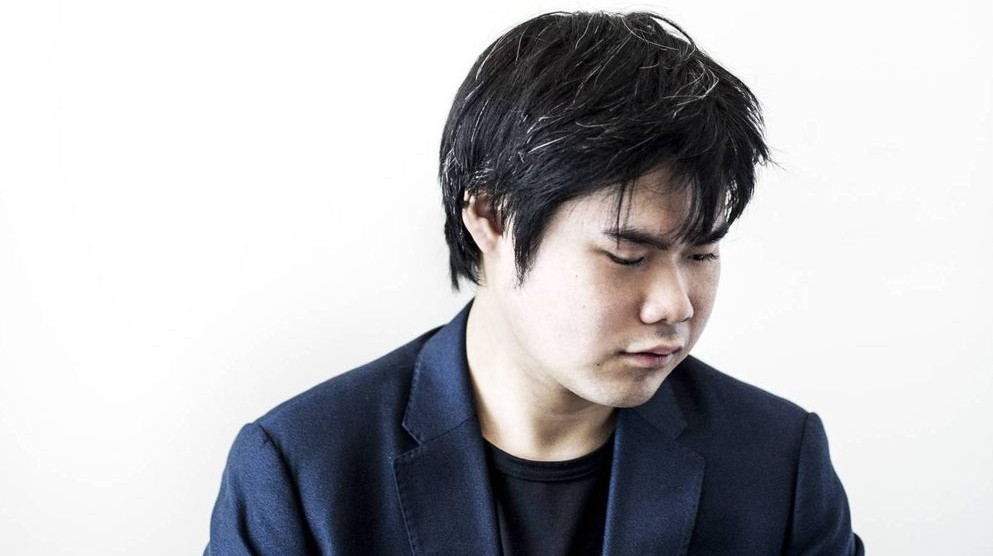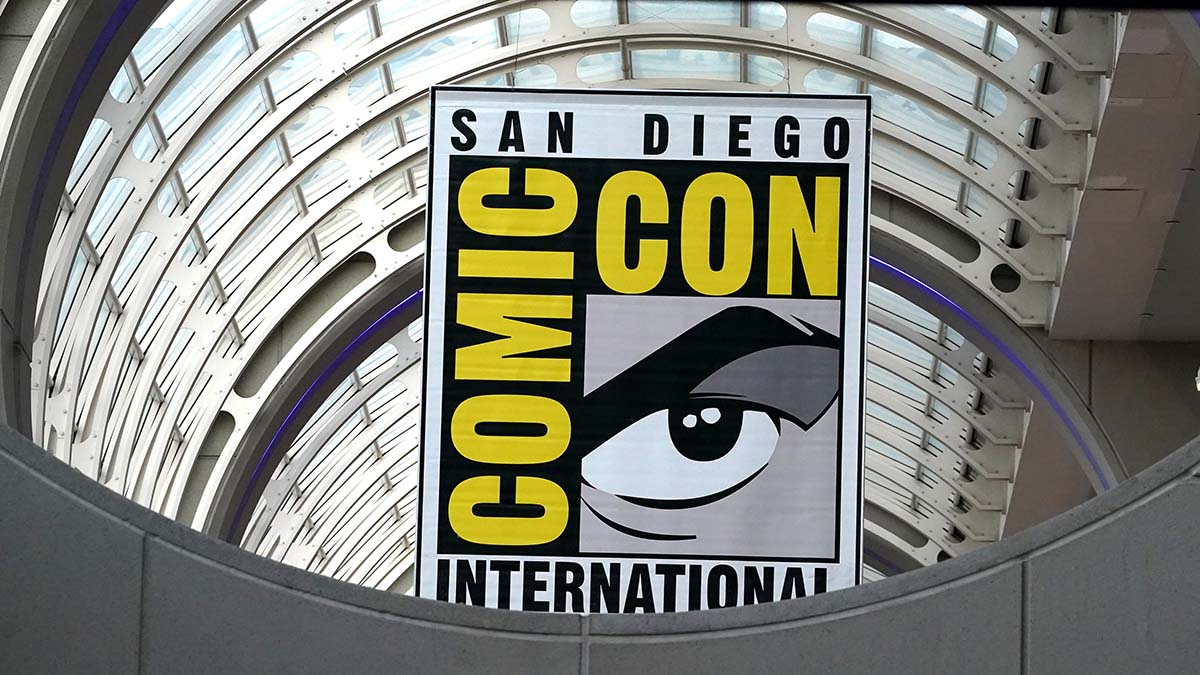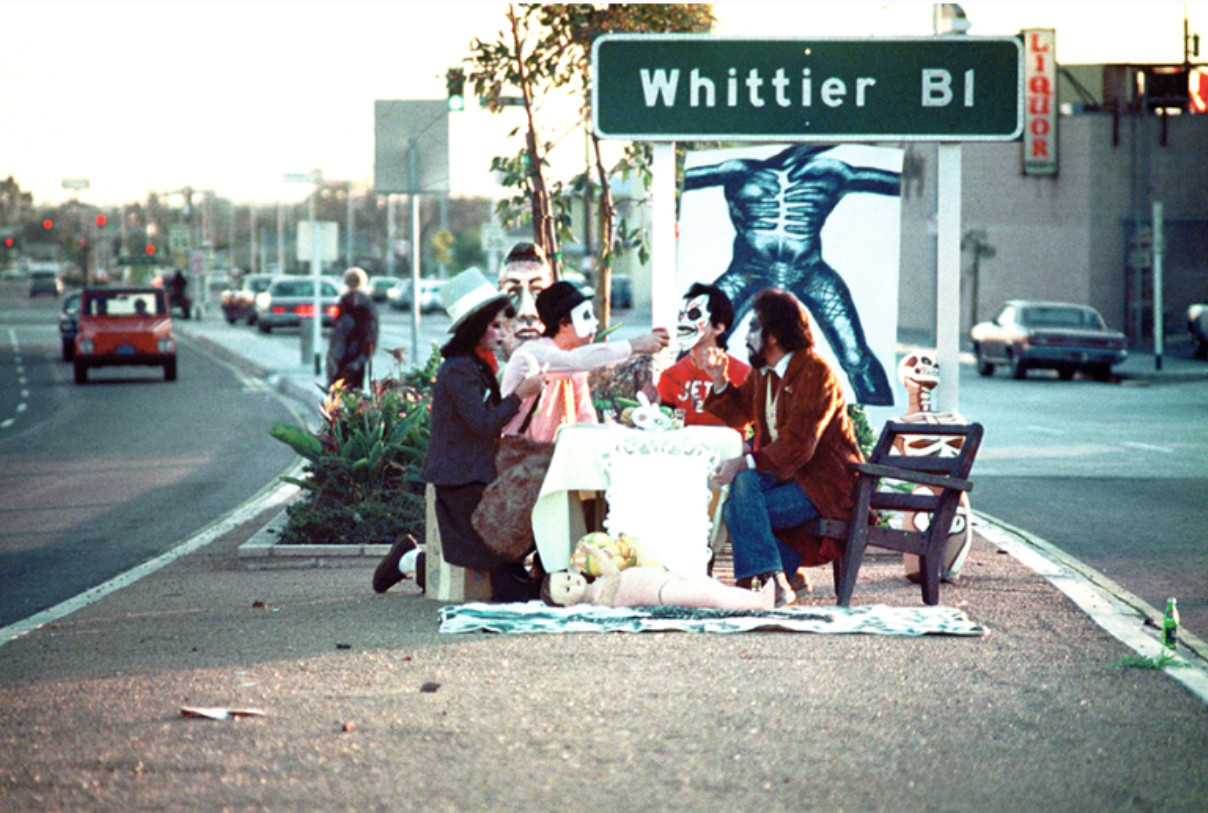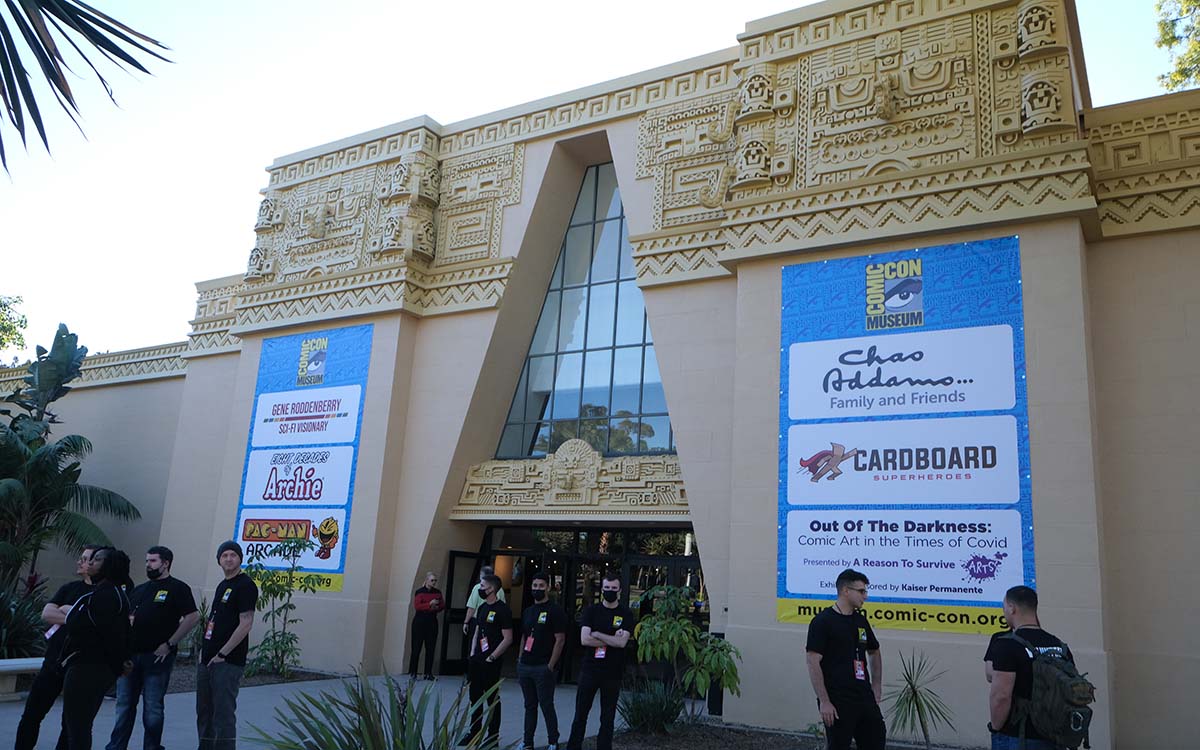Carlsbad’s ‘miracle water’ and the birth of a resort town
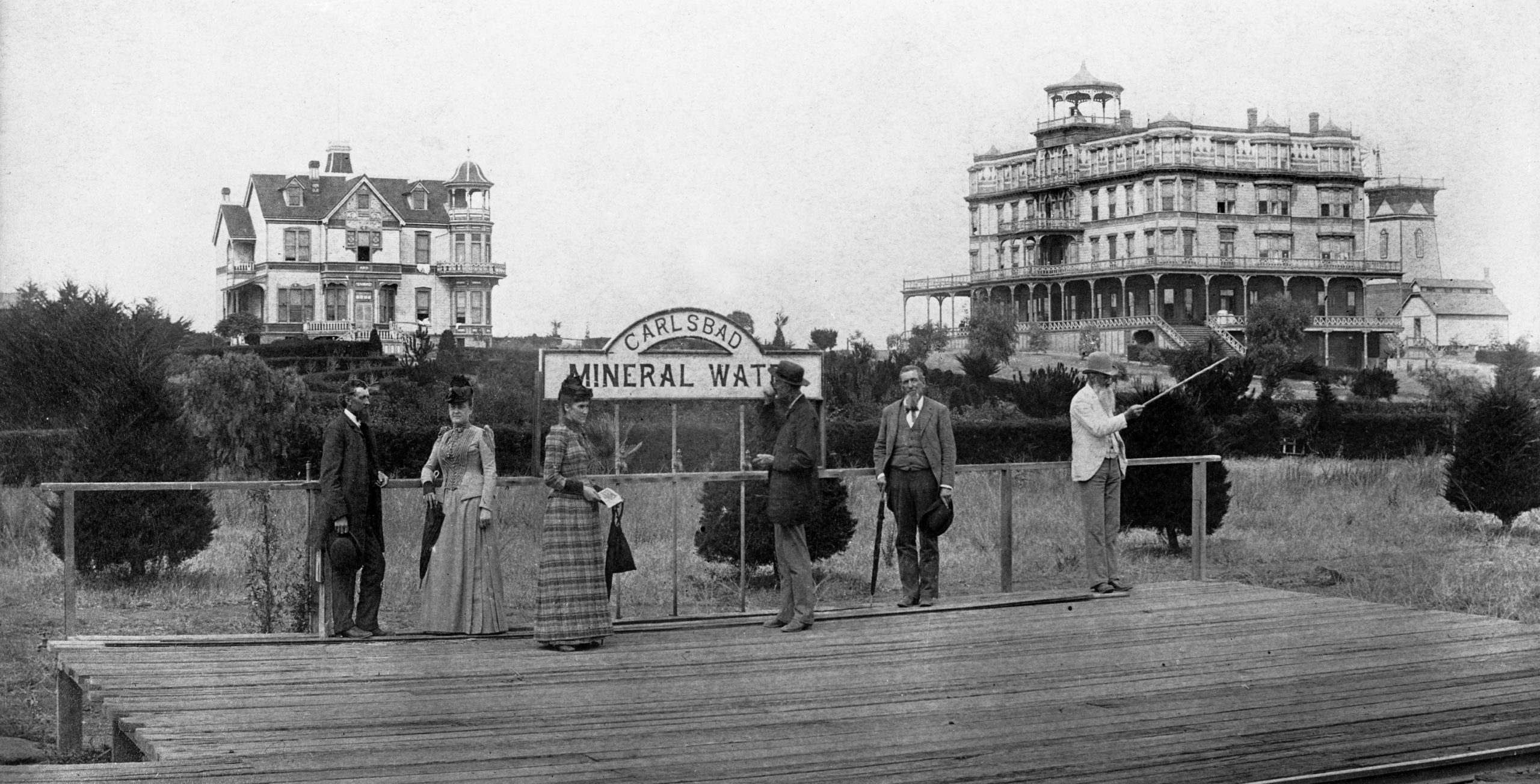

Water isn’t always just water.
For instance, in the late 1800s, Carlsbad was a quiet stretch of undeveloped land—until 1882, when John Frazier struck liquid gold. While digging a well on his farm, he didn’t just hit water—he uncovered a mineral-rich spring with healing properties rivaling the famous spa waters of Europe. Word spread like wildfire: this wasn’t ordinary water; it was said to be a “miracle” elixir, packed with pure minerals that drew comparisons to the legendary springs of Karlsbad (now Karlovy Vary) in Bohemia.
With excitement bubbling over, investors seized the moment. By 1886, the lavish Carlsbad Hotel stood proudly near the well, welcoming affluent travelers eager to experience the water’s supposed restorative powers. From aching joints to weary souls, visitors flocked from all corners of the country, convinced that a sip of Frazier’s discovery could transform their health—and their lives.

In honor of the European town of Karlsbad, the small settlement was renamed Carlsbad, and it soon became known as a health and wellness destination. By the early 1900s, Carlsbad was a premier California resort town, with visitors flocking to drink and bathe in the mineral waters.

Although Carlsbad has long since evolved from a wellness retreat into the vibrant beach town we know today, its legacy as a health destination endures. The site of the original well, where Carlsbad Alkaline Water is still bottled today, reminds one of the town’s origins.

The Early Days and Native Inhabitants
Long before European settlers arrived, the land around Carlsbad was inhabited by the Luiseño people, who thrived in the region’s rich environment. They built villages along the coastal hills, living off the land and sea. Their deep knowledge of natural resources helped sustain their communities for generations. Some researchers believe they may have been aware of the region’s natural springs, though there is little documented evidence linking them directly to Frazier’s discovery, reports state.

When Spanish explorers arrived in the 18th century, they brought profound changes to Indigenous populations. The establishment of nearby missions, such as Mission San Luis Rey in 1798, led to the forced assimilation of the Luiseño people, disrupting their traditional way of life.
Notable Historical Residents
Throughout its history, Carlsbad has been home to several notable individuals who contributed to its legacy. One such figure is actor Leo Carrillo (1880–1961), famous for his role as Pancho in The Cisco Kid series.

Carrillo was not just a celebrated actor but also a conservationist, and he spent much of his life in Carlsbad, where he created the Leo Carrillo Ranch Historic Park. His love for the area and its natural beauty was evident in his efforts to preserve it for future generations.

Another prominent figure associated with Carlsbad was Adolph Coors (1847–1929), the founder of the Coors Brewing Co. While Coors did not live in Carlsbad permanently, he was drawn to the area’s mineral waters and made frequent visits in search of health benefits, according to reports.
Embed from Getty ImagesThe City’s Growth and Incorporation
As the 20th century unfolded, Carlsbad began to expand. The city was officially incorporated in 1952, marking a new chapter in its development. With a population of around 3,000 at the time, Carlsbad grew rapidly as more people moved to the area to enjoy its beautiful coastline and temperate climate.
In the years following World War II, residential neighborhoods spread outward, and the city attracted businesses and families seeking a relaxed, suburban lifestyle. Carlsbad’s coastal charm and proximity to San Diego also made it an appealing location for new industries, especially tourism and real estate.
Preserving Carlsbad’s Past
Today, Carlsbad embraces its rich history, with several landmarks and historical sites offering glimpses into its storied past. The Carlsbad Historical Society, founded in 1975, works to preserve the area’s heritage and educate the public about its fascinating evolution.

Carlsbad’s commitment to history can be seen at the Leo Carrillo Ranch Historic Park and the Carlsbad History Collection at the Georgina Cole Library. The city also celebrates its past through cultural events and public programs that highlight its role as a key player in California’s history.

Debbie L. Sklar is a long-time contributing editor to the Times of San Diego. For more historical stories about Hollywood’s Golden Age visit here.
Sources:
Carlsbad Food Tours. (n.d.). Destination Carlsbad: Local History. Retrieved from https://www.carlsbadfoodtours.com/blog/destination-carlsbad-local-history/
- City of Carlsbad. (n.d.). Leo Carrillo Ranch Historic Park – History & Archives. Retrieved from https://www.carlsbadca.gov/departments/parks-recreation/parks-community-centers/leo-carrillo-ranch-historic-park/history-archives
- Carlsbad Historical Society. (n.d.). Historical Figures & The 40s. Retrieved from https://www.carlsbadhistoricalsociety.com/Carlsbad%20Historical%20Society_files/historical/the_40s.htm
- Carlsbad City Library. (n.d.). Carlsbad History Collection. Retrieved from https://library.carlsbadca.gov/services/carlsbad-history-collection
- Carlsbad Historical Society. (n.d.). Preserving Carlsbad’s History. Retrieved from https://www.carlsbadhistoricalsociety.com/
Categories
Recent Posts





